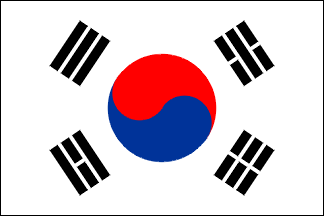日本和服
是日本幕府時期開始日本人對其本土衣裝的稱呼。現代日本和服可分為王室服制和國民服制 is a Japanese traditional garment. The word
"kimono", which literally means a "thing to wear" (ki "wear"
and mono "thing
日本壽司
是一種日本料理,主要材料是用醋調味過,以肥小而稍帶甜味的日本珍珠米所煮成的飯,加入醋、糖、鹽等調味,降溫後加上魚肉、海鮮、蔬菜、雞蛋或其他肉類等作配料。原為一種保存食物的方法:以醋酸令食物的酸鹼值下降,抑制微生物生長,以阻慢食物腐敗的速度。 is a Japanese food consisting of cooked
vinegared rice (鮨飯 sushi-meshi?) combined
with other ingredients (ネタ neta?), seafood,
vegetables and sometimes tropical fruits. Ingredients and forms of sushi
presentation vary widely, but the ingredient which all sushi have in common is
rice (also referred to as shari (しゃり?) or sumeshi
和室
是房間裏供人坐或臥的一種家具。至今已有近兩千年的歷史。起源於中國漢朝,發展並盛行於隋唐,盛唐時期傳播於日韓等地。為日本傳統房間「和室」內鋪設地板的材料,漢字寫作「畳」,日語假名「たたみ」,現代漢語通常音譯為榻榻米、塌塌米、他他米等。《中山見聞辨異》中音譯為搨劄密、腳踏棉 is a
type of mat used
as a flooring material in traditional Japanese-style
rooms. Traditionally made using rice straw to
form the core, the cores of contemporary tatami are sometimes composed of
compressedwood chip boards
or polystyrene foam.
日本櫻花
屬於薔薇科李屬(或於部分分類法上更細分的櫻亞屬或櫻屬並具備長花梗的組或節等分類)之物種的花。 一般櫻桃是指食用果實的的甜櫻桃Prunus avium 及酸櫻桃Prunus
cerasus。大陸地區所指食用櫻桃則還包含櫻桃Cerasus pseudocerasusis
the flower of any of several trees of genus Prunus,
particularly the Japanese Cherry, Prunus
serrulata, which is called sakura after the Japanese (桜 or 櫻; さくら).[1][2][3]
Cherry blossom is
speculated to be native to the Himalayas.[4] Currently
it is widely distributed, especially in the temperate zone of
the Northern Hemisphere such as: Europe, West Siberia,
South Korea, China, Japan, United States, etc.
日本迪士尼
是位於日本千葉縣浦安市的主題樂園。也是由華特迪士尼公司創辦的第一個亞洲主題公園。東京迪士尼樂園共由七個主題區域所組成。一年四季中都會有很多姿多彩的大型巡遊表演及慶祝活動等。 is an
115-acre (465,000 m2) theme park at
the Tokyo Disney Resort in Urayasu, Chiba, Japan, near Tokyo.



















